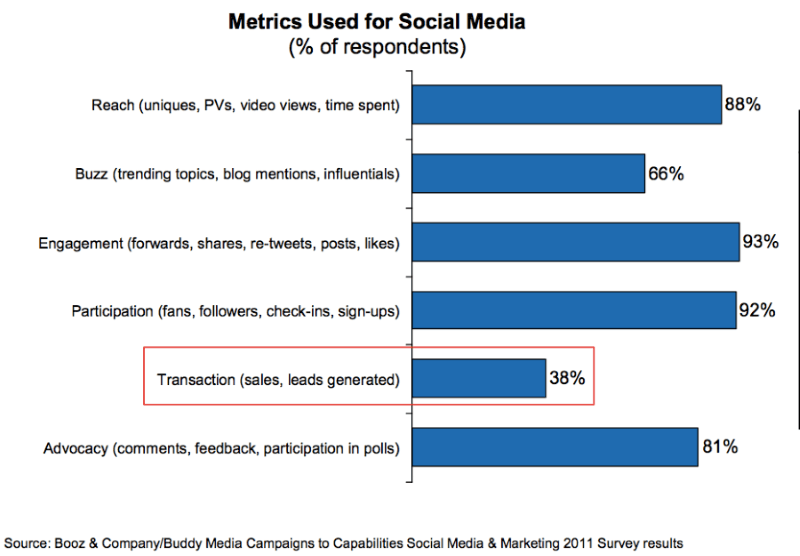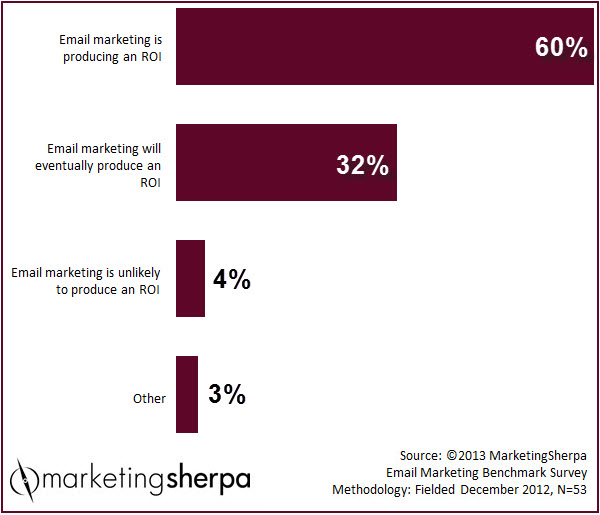9 Ways to Measure Content Marketing Success
Are you reaching your content marketing goals?
I’d be lying if I said this question didn’t keep many of our peers and colleagues awake at night. Despite the explosion of metrics and analytics tools over the past several years, many marketers still think that a data-driven approach to marketing is best left to the nerds. We’ll clue you in on a little secret. Agile, metrics-focused marketing isn’t for the faint of heart, but it’s not too hard for anyone. We’ve compiled a list of the most important measures, tools, and tactics, so you can begin gaining a comprehensive view of how well your work is performing:
1. Website Metrics
Assuming the majority of your content is web-based, the backbone of your content measurement should revolve around your website analytics. Take a deep breath, and hear us out. You don’t need to memorize and obsess over every single measurement in Google Analytics. On the opposite end of the spectrum, be careful that you’re not too short-sighted and focus on single measures like page views. Instead, we recommend that you track, analyze, and respond to a number of success measures, including the following:
- Page views
- Time on site
- Crawl rate
- Bounce rate
- Inbound links
Once you’re comfortable with these five, you can expand to look at other measures of content engagement and user experience.
2. Social Media Metrics

It’s pretty easy to start drowning in social media metrics. Between engagement, reach, and more vague measures like share of voice, the truth is that social media is one of the largest sources of big data in the world. Due to the fact that social signals are increasingly tied to SEO, you can’t ignore these numbers as a measure of how well your content is received.
The good news is, there’s nearly as many social media tools to help you measure success as there are ways to approach this. We delve into a few of our favorites here.
3. Qualitative Data
What do your readers have to say about your content? Does your comment section sound like a bunch of crickets? Every marketer’s goal should be to turn their website into a vibrant community, foster discussions, and listen to their readers. Pay close attention to the qualitative feedback you receive, and do your best to apply it.
Remember, even the world’s best writers get critical or even mean-spirited feedback from time to time. Don’t take a single disparaging comment as a sure sign that it’s time to pivot your content strategy. Instead, aim to increase your feedback, and maintain a high ratio of positive-to-negative?
4. Leads Generated
The purpose of a content marketing department is to attract qualified prospects who might one day become customers. That’s just a fact. If you’re not focusing on SEO and conversion-optimized landing pages and lead generation content like eBooks in addition to blogging, it’s time to expand your repertoire. Some content case studies have shown as high as a 35% web conversion rate based on generating more and better-quality whitepapers and other offers.
5. Subscribers
What’s the secret to taking your little business blog, and transforming it into a content powerhouse? Subscribers. Building a list of loyal readers is the most effective way to gain repeat visits, and convert these readers into community members.
If your subscriber list is stagnated or shrinking, take this as a pretty clear indicator that your quality, depth, or value aren’t what they used to be. While subscribers shouldn’t be the only measure of your content success, they’re a pretty darn important one to watch closely.
6. Email Newsletter Metrics

The truth is email marketing still has the highest ROI of any form of marketing. Using your email newsletter to deliver your best content marketing to your prospects is almost a surefire recipe for success. The following email metrics can help you gauge just how well your work is resonating:
- Email opens
- Email click-throughs
- Conversions
- Sender score
If your content is relevant, high-quality and tailored to the needs of your prospects, you’ll see outstanding results.
For an in-depth look at this topic, we recommend 10 Metrics to Track Your Newsletter Content Success.
7. SEO Metrics
To be honest, there’s an immense amount of overlap between website metrics, social media metrics, and SEO metrics. That won’t be changing anytime soon, as search engines continue to include a wide array of factors in ranking web pages. The chart below is an effective, high-level overview of what you should use to gauge success:

How do you know if your content marketing is working? In addition to the KPIs listed above, it should help you:
- Increase page authority
- Improve keyword rankings
- Generate increased click-throughs from search results
The secret is a combination of quality, originality, and using keyword research to get your content right. To learn a bit more about how we do that, check out this blog.
8. Thought Leaders
Wait, is it possible to quantify thought leadership, and is it even an effective measure of content marketing success? According to some, the answer is “most definitely!” As Interbrand points out, the value of your company probably isn’t measured in physical assets any more. Over the past 30 years, an organization’s true market value has shifted to include factors like web presence, reach, and digital influence.
Is your organization a respected presence in your niche? Are you enjoying invitations to speak at industry events, Google authorship, or some of the other hallmarks of earning a coveted spot as a thought leader? While these are measures, we recommend using a tool like Klout or the Peer Index to determine how you’re really stacking up against your competitors when it comes to shaping thought.
9. Sales or Closed-Loop Analytics
“Show me the ROI.”
Whether or not you’ve actually heard this, every content marketer has felt pressure to prove the value of their work at one point or another. And studies show that Chief Executives really do care about sales and closed-loop analytics, which are measures of which content marketing materials lead to closed customers, and the value of these sales.
Trust us; you probably don’t want to attempt this one with pure spreadsheets, unless you’ve got a load of time on your hands. Instead, we recommend a hybrid content management/relationship management system like HubSpot, Marketo or Pardot, which makes it super easy to track each of your customers’ journey from their first visit to your website.
How do you measure your content marketing success? Are there any additional measures you’d include in this list? Share your thoughts in the comments!

Comments (0)